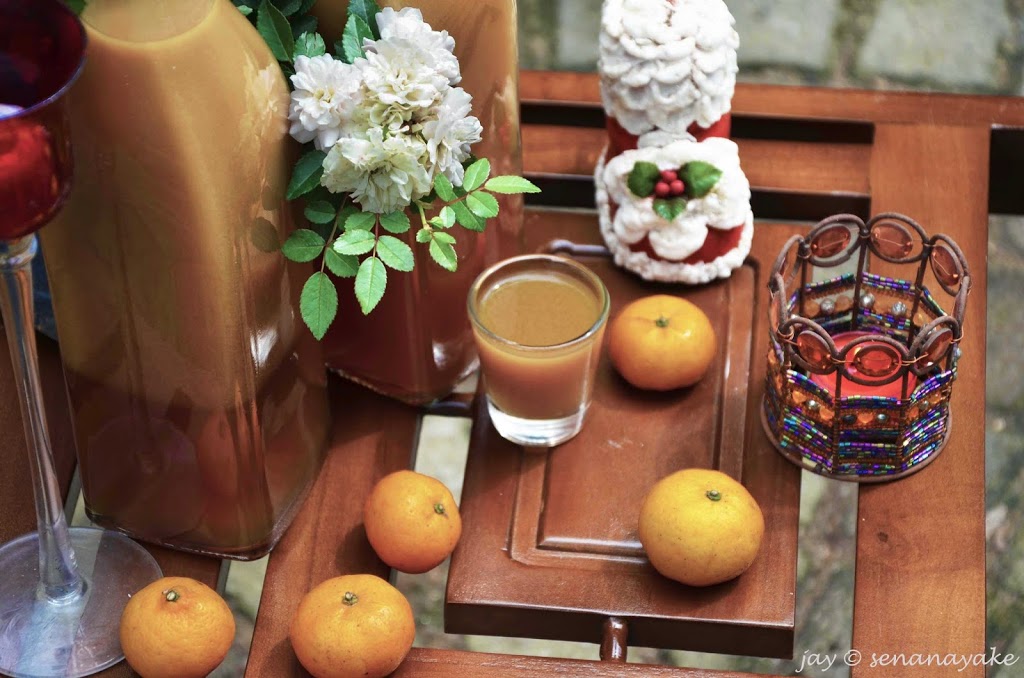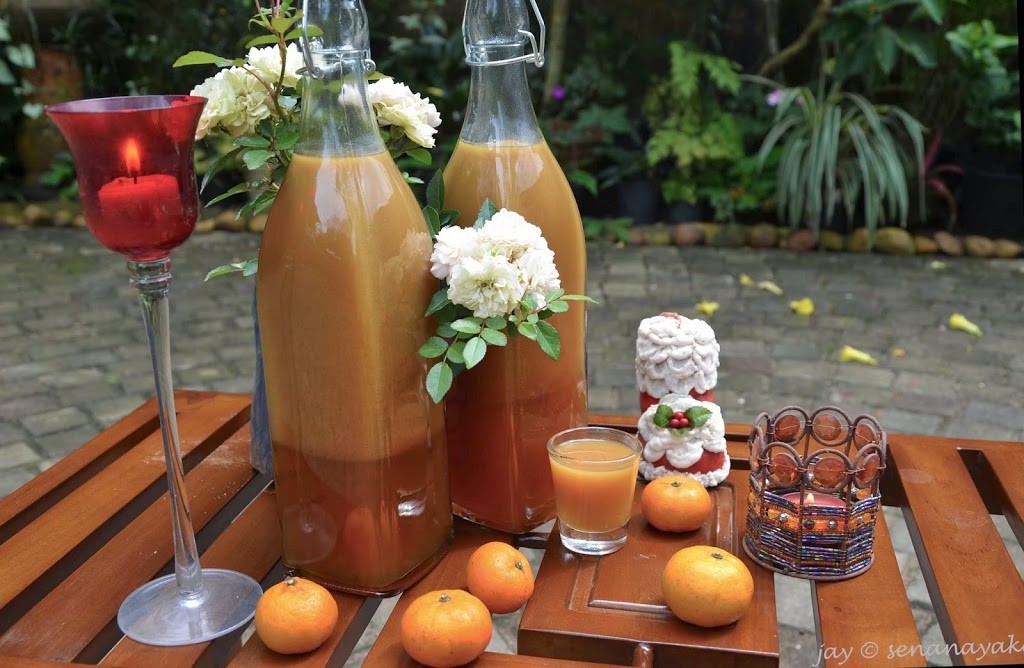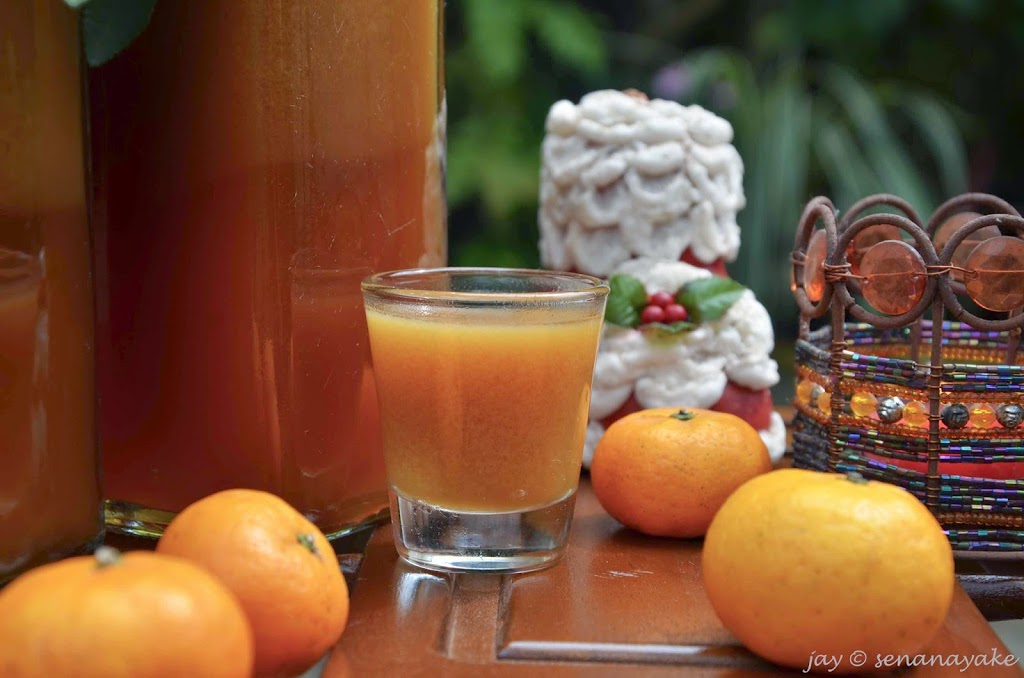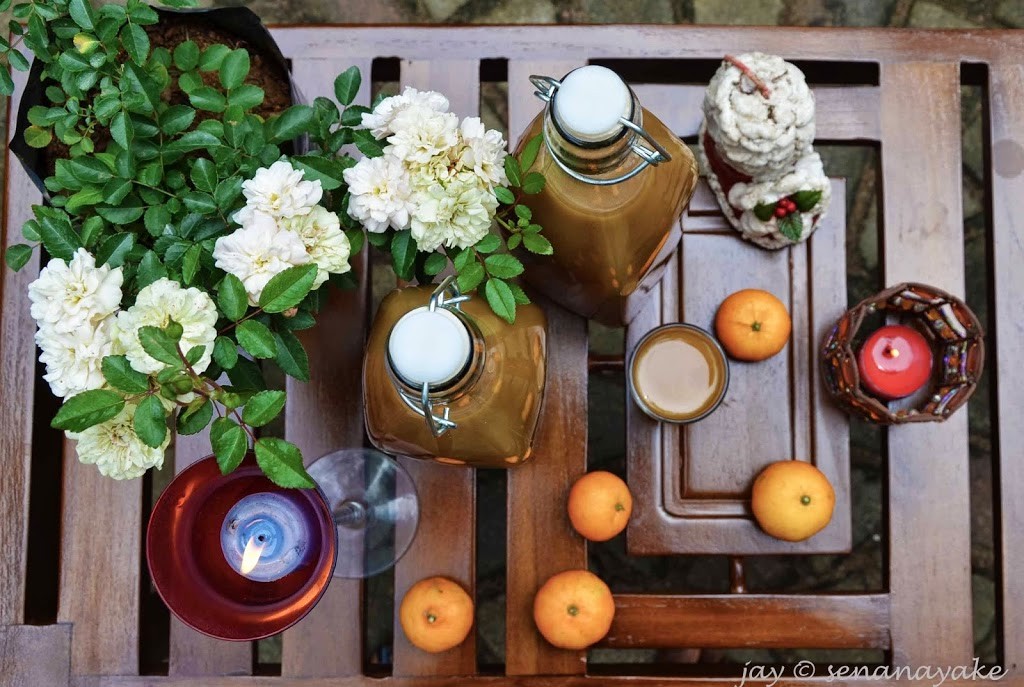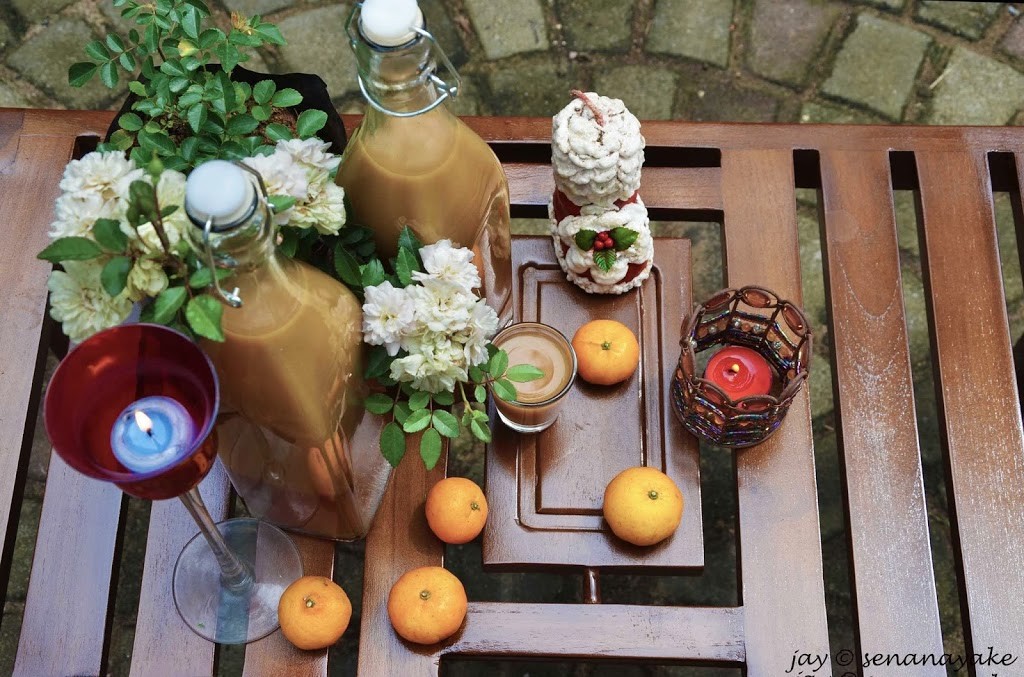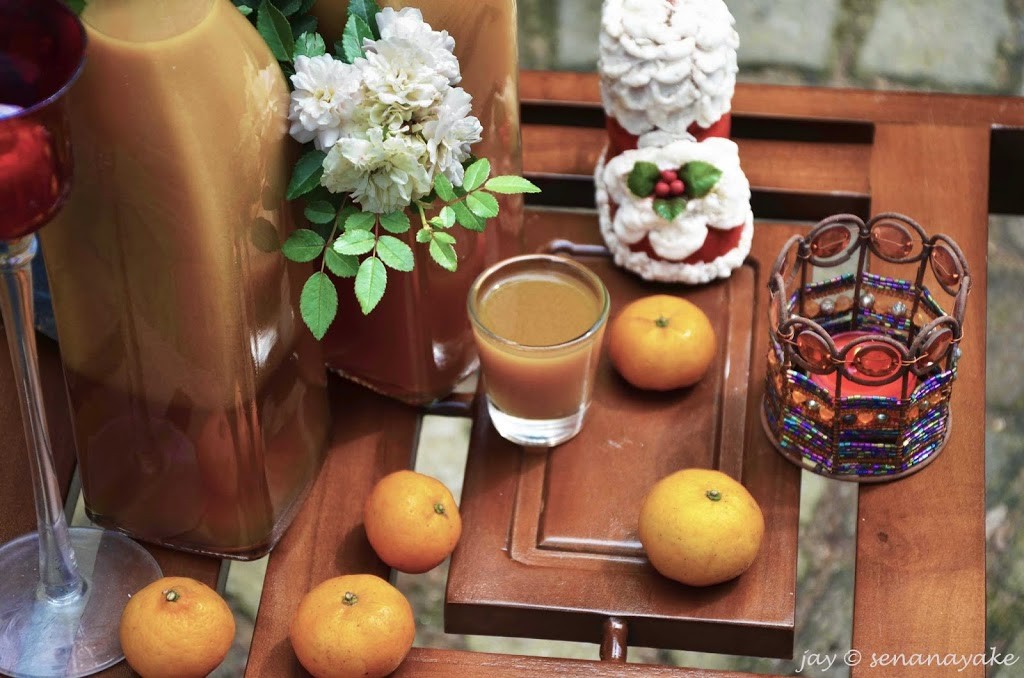Which gets me to the next point; inspiration. Christmas is a time of celebration and sharing. It has always been so for my family. We are all about celebrating and December is usually the time when there are constant baking, frying and fermenting smells wafting about, getting us all excited in general.
And the Milk Wine. Essentially Sri Lankan, Milk Wine is a seasonal specialty that is slowly fading out of the scene. When the Dutch invaded Ceylon sometime back, some took treasures away from us while a few who fell in love with the island settled and adapted, adding to our culture, many vivid things. As a result, we have some very cool food amongst us such as breudher, the Sri Lankan Christmas cake, milk wine, Lamprais and the like that are specialties of the Burgher community of Sri Lanka.
Keeping to the Sri Lankan spirit, I have used Ceylon Coconut arrack in this recipe. It’s super strong and with my family not being much of alcohol people, I have altered the recipe to taper down the hit of arrack.
Milk wine

- Prep Time : 30 minutes
- Yield : 2 bottles
Ingredients
- Ceylon arrack - 1L (I've heard of people trying this with brandy but I don't think that it would be the same)
- Rind and juice of limes - 3
- Rind of orange - 1
- Cinnamon - Large stick
- Cloves - 12
- Cardamoms - 12
- Nutmeg - 3 teaspoons coarsely ground
- Orange juice - 2 cups
- Pineapple juice - 2 cups
- Milk - 2 cups
- Sugar - 500g
- Caramelized sugar - 1 and half cups
Instructions
- Grind together the lime & orange rinds, the cinnamon, cardamom, cloves and nutmeg, but don't powder. Mix it all with the arrack. Let it steep for 3-4 days. Shake the bottle well twice every day.
- Warm the milk and add the lime juice. Let it stand a while.
- Combine sugar, arrack, pineapple juice, orange juice together. Mix well till sugar dissolves.
- Once cooled, add the caramelized sugar as well. add to it the milk. Mix well.
- Strain with a thick cloth. After a while, strain twice with filter paper.
- Cork the bottles well. Open them up for Christmas!
- The longer you keep the wine, the tastier it gets. So make it before hand!
- When adding the caramelized sugar, make sure it is at room temperature before adding it to the mixture as it tends to harden as soon as it hits the water.
- If you can’t find filtering paper or muslin to strain, simply strain with a piece of thin cotton.

